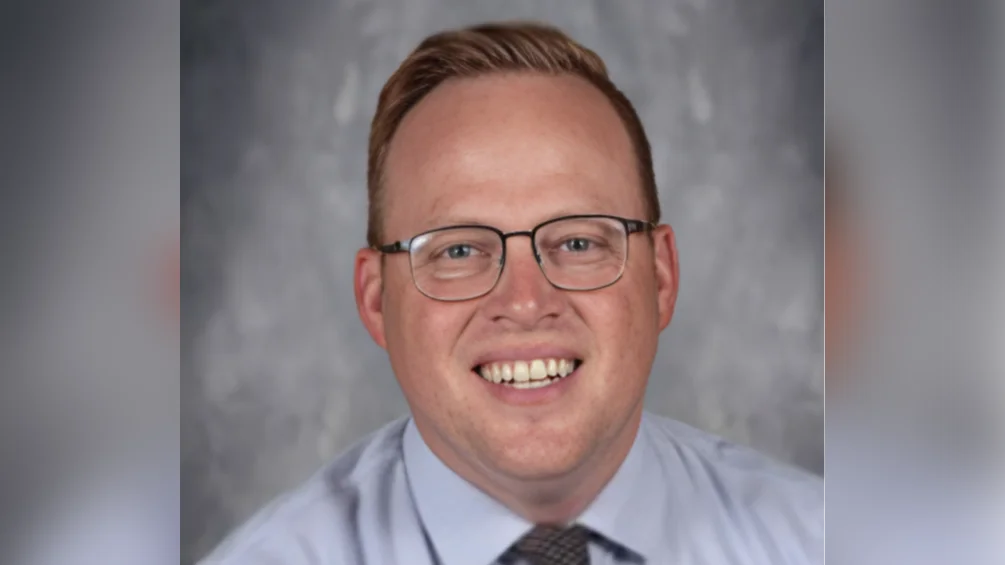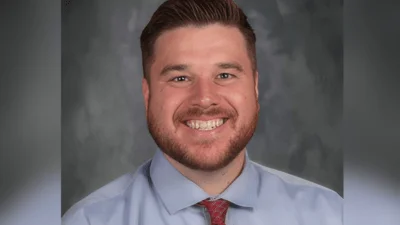Patrick Podgorski Principal | Official Website
Patrick Podgorski Principal | Official Website
Central Community Unit School District 301 has announced the official start of its superintendent search and provided updates on district activities through a series of social media posts in July 2025.
On July 15, the district shared a glimpse into summer preparations at Country Trails Elementary, posting: "Country Trails in July:
Desks stacked
Floors waxed
Vacuum on standby
All that’s missing? The chaos.
#WeAreCentral https://t.co/sQYLDk9o5N"
The following day, Central 301 promoted employment opportunities within the district. In a tweet dated July 16, they wrote: " WORKIN' ON WEDNESDAYS
Looking for your next career move? Every Wednesday, we spotlight exciting openings across Central 301! Explore even more opportunities on our Central 301 website: https://t.co/Aa8U6sQ5hs
Come make a difference every day!
#WeAreCentral https://t.co/DeUx0BRON4"
On July 17, the district announced an important administrative development. The post read: "The Central 301 superintendent search is officially underway. We’ve partnered with @ExecConnectIL to lead the process.
Follow the updates: https://t.co/PvBUKy66z7
Read the story: https://t.co/BOGSQVCX7i
#WeAreCentral https://t.co/8t1k2oBk7H"
Central Community Unit School District 301 serves Kane and DeKalb counties and encompasses several schools including Central High School, Central Middle School, and Country Trails Elementary among others. According to state education data, the district employs about 280 teachers with an average salary of $58,199; approximately three-quarters are women and there have been no reports of teachers exceeding ten absences in a school year (source).
Demographically, students in the district are predominantly White (65.3 percent), with Hispanic (16.5 percent), Asian (12.2 percent), and Black (2.1 percent) populations also represented (source). Per-pupil spending was reported at $19,244 for the year 2020 (source). Chronic truancy rates remain below state averages; only 1.9 percent of students were classified as "chronically truant," compared to a statewide average of nearly ten percent (source).






 Alerts Sign-up
Alerts Sign-up